Kuwaiti cuisine is a vibrant mix of flavors shaped by the country’s special location, history, and culture. Positioned on the Arabian Gulf, Kuwait has long been a center for trade, and this has deeply influenced its food. Traditional dishes still play a big role in Kuwaiti life today, connecting people to their heritage and strengthening community ties.
The Roots of Kuwaiti Cuisine
Kuwait’s location on the Arabian Gulf has given it access to a wide range of fresh seafood, including fish, shrimp, and crab. These ingredients are used in many traditional dishes. However, Kuwait’s desert environment means people also rely on foods that can be stored for a long time, such as dates, nuts, and grains.
Kuwait’s position along historic trade routes has brought many different food influences. Links with Persia, India, and the Ottoman Empire introduced new ingredients like spices and rice. Over time, Kuwaitis made these ingredients their own, creating unique dishes that blend flavors from different cultures.
The nomadic Bedouin lifestyle and Kuwait’s seafaring past have also shaped its cuisine. Bedouin dishes are simple, using whatever ingredients were available. Meanwhile, the fishing and pearling history of Kuwait has led to many seafood-based meals.
Famous Kuwaiti Dishes and Where They Come From
Machboos (مجبوس)
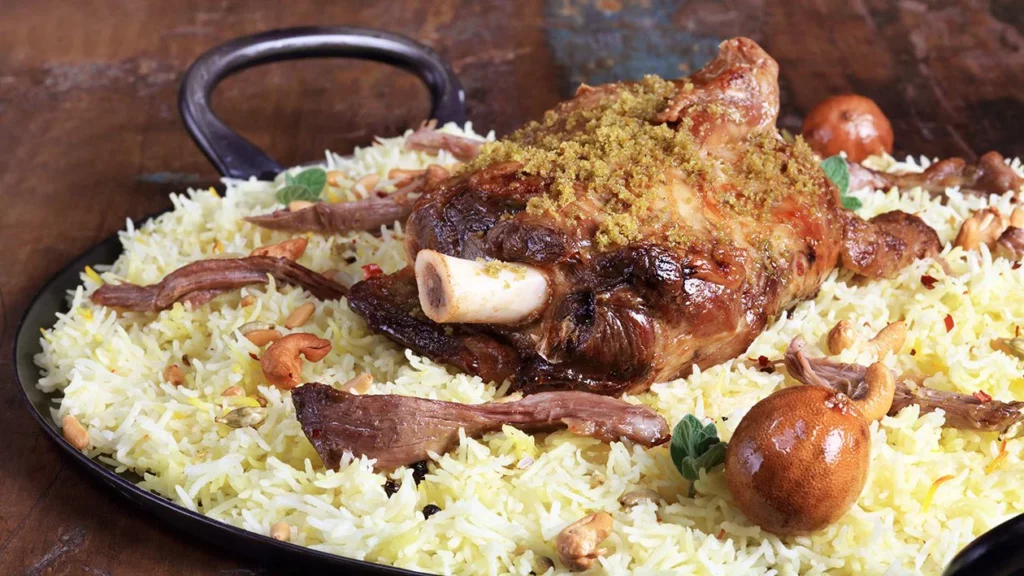
Machboos is a popular rice dish with spiced meat or seafood, similar to Indian biryani. However, the Kuwaiti version uses local ingredients like saffron, basmati rice, and a special blend of spices. It’s a favorite dish for family gatherings and celebrations.
Harees (هريس)
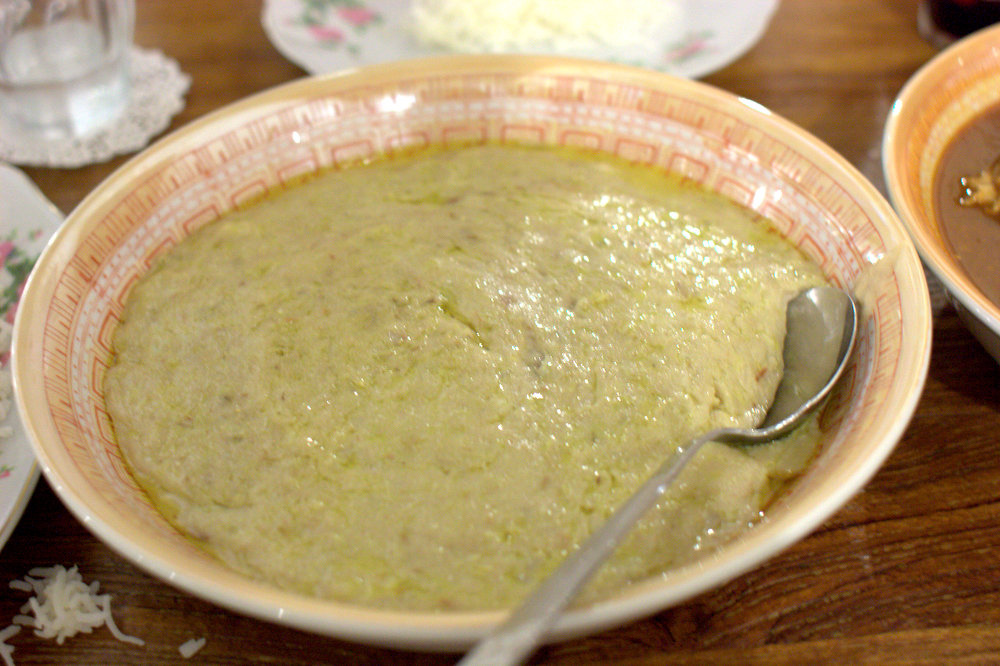
Harees is a dish made from wheat and meat, slow-cooked until it becomes a thick porridge. This dish comes from ancient Persia but was adapted by Bedouins for their long desert journeys. It’s commonly enjoyed during Ramadan for its hearty and filling qualities.
Jireesh (جريش)

Jireesh, made with crushed wheat, meat, and spices, is another simple but satisfying dish. It’s often linked to rural life in Kuwait and is loved for its comforting flavor.
Mutabbaq Samak (مطبق سمك)
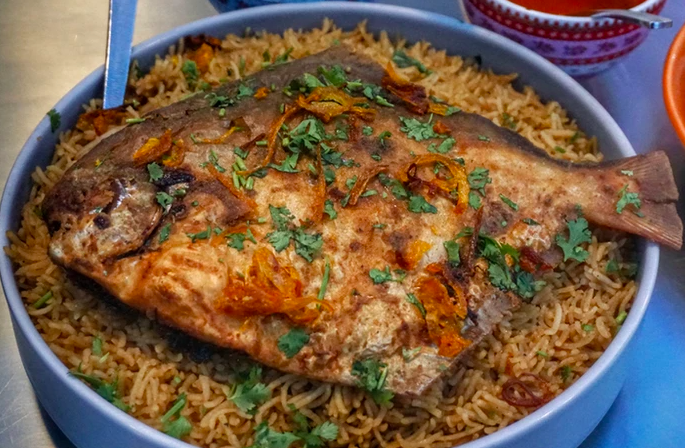
This seafood dish, featuring fish served over rice, reflects Kuwait’s coastal lifestyle. Often cooked with dried limes and spices, it showcases the country’s rich fishing traditions.
Margoog (مرقوق)
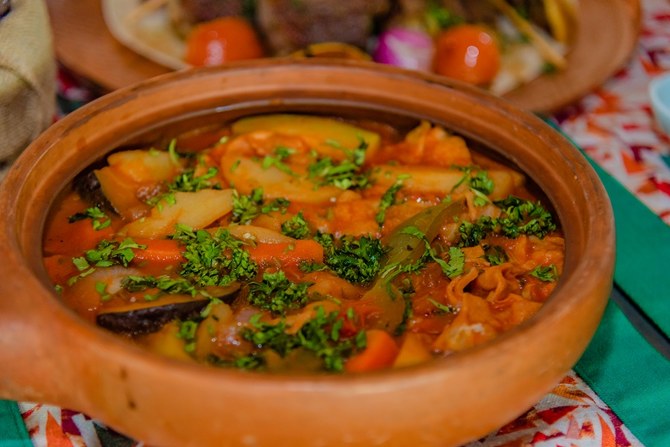
Margoog is a stew made with meat, vegetables, and flat dumplings. Its simple ingredients reflect Bedouin origins, and it’s popular in Kuwait’s rural areas for its hearty and warming taste.
Balaleet (بلا ليت)
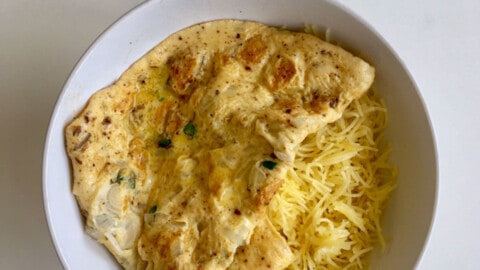
A fusion of Indian and Arabian influences, Balaleet is a sweet dish made from vermicelli noodles, flavored with saffron and cardamom, and served with an omelette. It’s usually enjoyed for breakfast or on special occasions.
Gabout (قبوط)
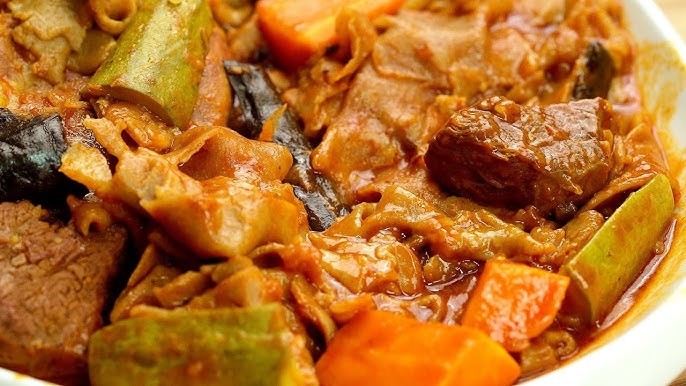
Gabout is made with meat-filled dumplings served in a broth. This dish shows the influence of both Bedouin and Persian cuisines, using basic ingredients to create a comforting meal.
Qoozi (قوزي)

Qoozi is an elaborate dish featuring a whole stuffed lamb served on rice. It’s a traditional meal for weddings and large gatherings, with influences from other Gulf countries.
Kuwaiti Sweets
Khabees (خبيص)
Khabees is a dessert made from roasted flour, sugar, and ghee, flavored with saffron and cardamom. It has Persian origins and is especially popular during Ramadan.
Luqaimat (لقيمات)
Luqaimat are sweet, fried dough balls soaked in syrup or honey. These are a favorite treat during Ramadan and have roots in both Ottoman and Indian cooking.
Popular Beverages in Kuwait
Qahwa (Coffee)
Kuwaiti coffee, or Arabic coffee, is brewed with cardamom and saffron, giving it a unique taste. Traditionally served as a sign of hospitality, it comes from Bedouin culture and is often shared during social gatherings.
Laban (لبن)
Laban is a yogurt-based drink that’s common across the Middle East. It’s both refreshing and hydrating, making it ideal for Kuwait’s hot desert climate.
How Kuwaiti Cuisine is Evolving
Today, Kuwaiti cuisine is evolving as chefs combine traditional recipes with modern cooking techniques. They are experimenting with new flavors while keeping the essence of classic dishes.
The world’s cuisines have become more accessible to Kuwaitis through globalization. This has led to the rise of fusion restaurants offering new twists on traditional Kuwaiti dishes.
Despite these modern changes, many Kuwaitis are working hard to preserve their culinary traditions. Family recipes, food festivals, and cultural initiatives help pass down these treasured dishes to future generations.
Conclusion
Kuwaiti cuisine is a reflection of the country’s unique history, culture, and geography. From the simple flavors of Bedouin food to the rich, seafood-based dishes of the coast, Kuwaiti food tells a story of the past while adapting to the present. As Kuwait continues to grow, preserving its culinary heritage will ensure that these delicious traditions live on for future generations.

